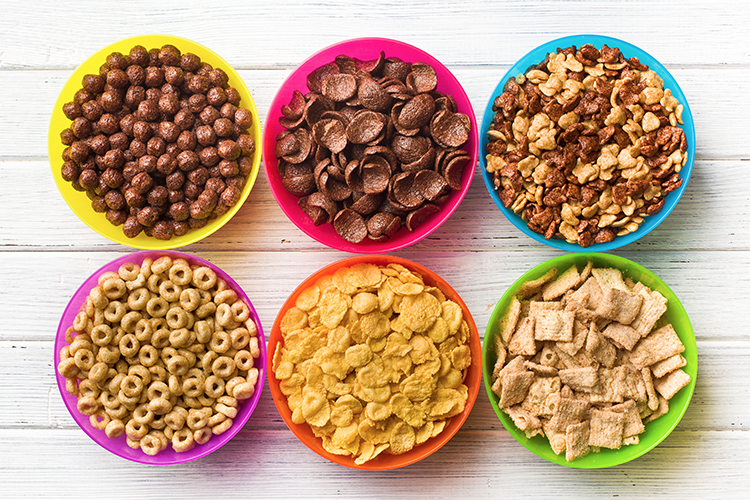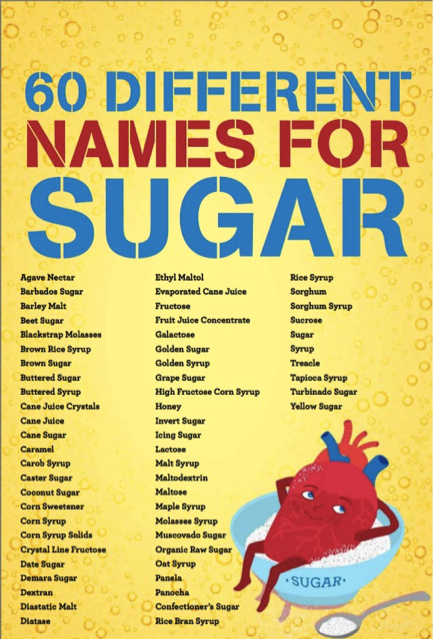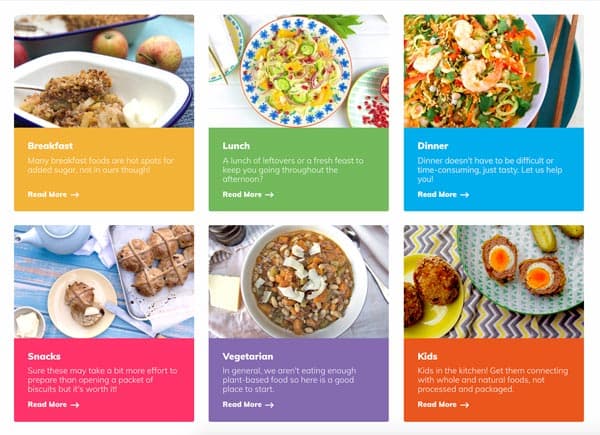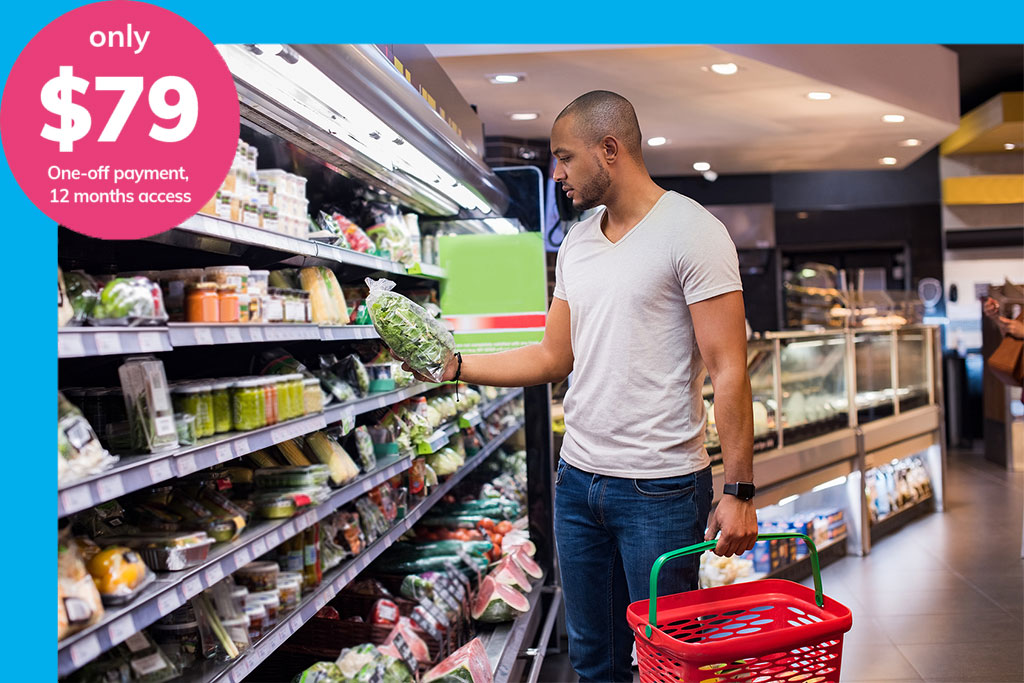Blog
Sugar in seemingly healthy foods
 That Sugar Film points out that if you removed all the items containing added sugar from a standard supermarket’s shelf, about 20% of items would remain.
That Sugar Film points out that if you removed all the items containing added sugar from a standard supermarket’s shelf, about 20% of items would remain.
Yikes!
Similar stats are reflected in the U.S., and according to a new study, in Canada as well.
Having analysed over 40,000 commonly found food and drink items, researchers from Public Health Ontario and the University of Waterloo found over two-thirds of Canadian supermarket items contain at least one added or free sugar.
“Added sugars were highest in the expected food products such as candy, sweet bakery products and soda pop,” said study author, Dr Erin Hobin. “But we also found that the majority of products frequently marketed as ‘healthy’ options…also listed added sugars in their ingredients.”
These seemingly healthy foods included 85.7% of breakfast cereals, 73.8% of yoghurts, 73.1% of sauces, condiments and spreads, 47.7% of baby foods, and (wait for it) 99% of snack or granola bars.1 Whoa!
So much sugar
Added sugars can come under the guise of many different names. Over 60, in fact!
But really, it ain’t easy to remember these!
To simplify, Public Health Ontario is suggesting that any added sugar used in the product should be listed within brackets following the one umbrella ingredient ‘sugar’. For example, a cornflake cereal ingredient list could look like: Corn, sugar (cane sugar, maltodextrin), salt, vitamins, minerals.
The study comes after the Canadian government decided against including added sugar on nutrition information panels (despite their Prime Minister wanting to list it separately!). However, it is difficult to easily ascertain the amount of added sugars in a packaged food, even for qualified dieticians and nutritionists. But the food industry may not want us to know for fear of losing consumers.
“They have a lot of money. They have a very loud voice. They are able to hire lobbyists to fight for their best interests,” Dr Hobin told Alberta@Noon.
Despite this, we as individuals must step up and educate ourselves on how to best assess the amount of added sugar within a processed food and drink.
This is why we suggest:
- Understanding added sugars are added to foods as independent ingredients (like glucose or cane sugar), or removed from their original encasing (like fruit juice concentrate removed from the fibre in whole fruit).
- Understanding, unless specified otherwise, ‘sugars’ listed on the nutrition information panel can include both natural and added sugars.
- Looking at the ingredients list for added sugars. The higher up the list, the more it makes up the ‘total’ sugar amount on the nutrition information panel.
- Trying to limit your added sugar intake to 6 teaspoons/25 grams per day.
Importantly, be sure not to beat yourself up if you do have more than the recommended limit. Just make a more nutritious choice next meal.
By Angela Johnson (BHSc Nut. Med.)
References:
- Acton, RB Vanderlee, L Hobin, EP & Hammond, D 2017, ‘Added sugar in the packaged foods and beverages available at a major Canadian retailer in 2015: a descriptive analysis’ CMAJ Open, vol. 5, no. 1.












